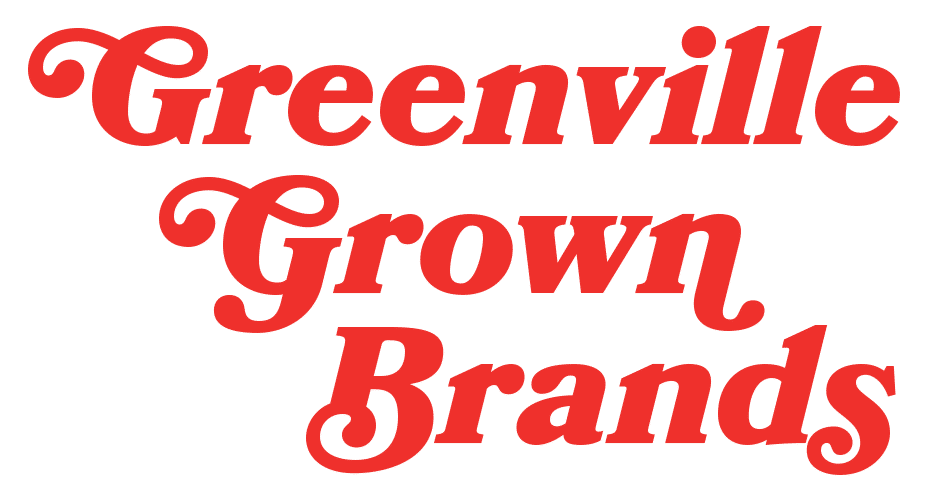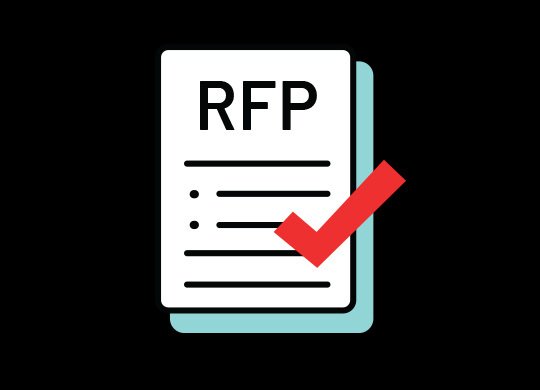Looking for a new advertising, marketing, or PR agency? Thinking of issuing an RFP for your organization? RFPs – or, formally known as requests for proposal – are a lot of work for both the brand issuing the RFP and the marketing agency responding. RFPs have earned a bad reputation for being a competitive arena cage-match and time-consuming to prepare for, where at the end of the process, the clients end up choosing the agency with the cheapest price. But, when done well, they can make the process easier for both the client and the agency. Make it worth your time and the agency’s time by providing the clearest RFP possible to receive the clearest responses to help you make the best choice in selecting your marketing partner. To help, we’re providing some Dos and Don’ts to consider when working through your next marketing RFP.
But first, let’s start with the correct content structure. Here is a basic guideline of what to include in your next marketing RFP.
- Overview of project
- Background of company
- Project and company goals and objectives
- Target audience details (including personas or psychographics)
- Timeline of deliverables and schedule
- Potential issues and roadblocks
- Budget (separate hard media costs and fees for creative, branding, etc.)
- Expectations for a relationship with agency partners
- The criteria in which the vendors will be judged*
- Terms, conditions, and highlights from your Master Services Agreement
Now that you have the basic content structure, here are a few Dos and Don’ts of what to include in your next RFP.
Dos
- Write an RFP cover letter and organize an RFP. Just like a cover letter for a resume, an RFP cover letter creates a professional image for your brand and sets the tone for prospective vendors. It signals that they should take the proposal and the project seriously. It also signals to prospective agencies that you can write a coherent creative brief.
- Be transparent as to why you are issuing an RFP. Are you publicly funded and this is mandatory? Not happy with your current agency? Testing the waters to see what’s out there? This helps agencies know what their chances are.
- Have a Q&A session with participants, then publish the Q&As for everyone to read (anonymously, of course)
- Apply a weighted percentage against the evaluation criteria of what is more important vs. less important. For example, if creative examples are more important than experience in your category, indicate that.
- Create a scorecard and questionnaire for each person in your company who is participating in the review so that each agency is being evaluated the same. Use common questions with each agency.
- Ask for a proposal first, then ask questions to clarify and select 2-3 finalists to have an in person presentation. This will allow you to judge personalities as well as talent and pricing.
Don’ts
- Don’t expect a proposal in a week. If you write a good RFP, it’s going to take three-weeks to return a really thorough proposal.
- Don’t ask for spec work or ideas. Unless your company gives away free products, don’t expect agencies to give away their intellectual property for free. Instead, ask for examples of similar work or proof of experience.
- Don’t just dismiss an agency on pricing without a conversation. We are doing the best we can with limited information and making assumptions. If you like an agency’s work but their price is high, call and confirm that the scope is accurate or see if there is any wiggle room in pricing.
- Don’t combine multiple projects into a single RFP. The exception is if you are looking for an agency of record that would be responsible for multiple projects throughout the year. If that is the case, then take the basic structure we have outlined here, magnify it, and outline your retainer expectations in your budget.
- Don’t develop and issue an RFP without having the appropriate team in house to coordinate the process of communicating, reviewing, and selecting the agency to work with.
Next time your organization wants to submit an RFP for marketing services, whether it be media services, digital marketing services, or creative services, make sure you are taking the time to develop a specific, thought-through, detailed RFP so agencies can develop a response that is worth your time.
And if you are in the market for a new agency resource, consider FUEL. This article is a great example of the collaborative approach we take with clients. Check out our services and our creative work. Drop us a line here! We’d love to hear what you have going on.








